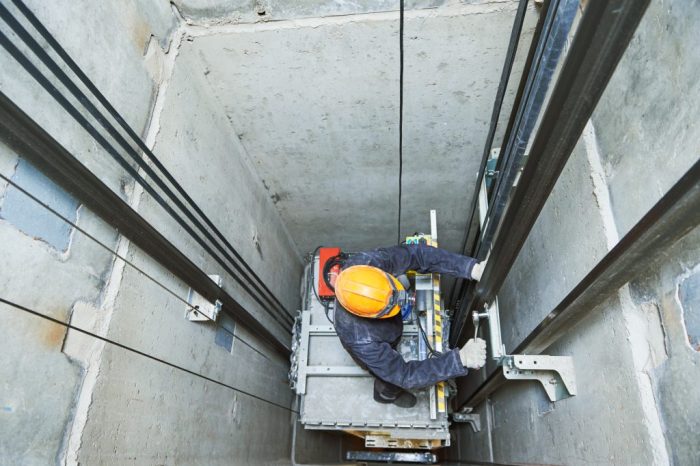To prevent being pinned between equipment, it is imperative to understand the risks and implement effective preventive measures. Pinning incidents pose significant hazards in various work environments, and it is crucial to address their causes and consequences to ensure worker safety.
This comprehensive guide delves into the causes of pinning between equipment, including unsafe practices and inadequate equipment design. It provides a detailed analysis of preventive measures, engineering controls, administrative controls, and the role of personal protective equipment (PPE). Furthermore, it emphasizes the importance of training and education, emergency response plans, and the responsibilities of emergency responders.
Introduction

Being pinned between equipment is a serious hazard that can occur in various work environments. It refers to situations where an individual becomes trapped or crushed between two or more pieces of equipment or machinery, resulting in severe injuries or even fatalities.
This hazard poses significant risks to workers in industries such as manufacturing, construction, and transportation. It is crucial to understand the causes and consequences of being pinned between equipment and implement effective preventive measures to ensure workplace safety.
Causes of Pinning
Pinning between equipment can occur due to several factors, including:
- Inadequate machine guarding:Lack of proper guards or safety devices on equipment can allow workers to come into contact with moving parts or pinch points.
- Unsafe work practices:Engaging in unsafe behaviors, such as working in close proximity to moving equipment or failing to follow established safety procedures, can increase the risk of pinning.
- Defective equipment:Malfunctioning or poorly maintained equipment can create hazards that can lead to pinning incidents.
- Inadequate training:Workers who lack proper training on equipment operation and safety protocols are more likely to engage in unsafe practices that can result in pinning.
- Poor work environment:Cluttered workspaces, inadequate lighting, and excessive noise levels can contribute to the risk of pinning by limiting visibility and awareness of surroundings.
Preventive Measures, To prevent being pinned between equipment
Preventing pinning between equipment requires a comprehensive approach that includes engineering controls, administrative controls, and personal protective equipment (PPE).
Engineering Controls
- Machine guarding:Installing physical barriers, such as guards, shields, and interlocks, around moving parts and pinch points to prevent contact.
- Safe equipment design:Designing equipment with features that minimize the risk of pinning, such as rounded edges, anti-pinch mechanisms, and ergonomic controls.
- Proper maintenance:Regularly inspecting and maintaining equipment to ensure it is in good working order and free of defects.
Administrative Controls
- Work procedures:Establishing clear and concise work procedures that Artikel safe operating practices and prohibit unsafe behaviors.
- Training:Providing comprehensive training to workers on equipment operation, hazard recognition, and emergency response procedures.
- Supervision:Ensuring adequate supervision to monitor work practices and enforce safety regulations.
Personal Protective Equipment (PPE)
PPE, such as safety glasses, gloves, and hard hats, can provide limited protection against pinning injuries. However, it is important to note that PPE alone is not sufficient to prevent pinning and should be used in conjunction with other preventive measures.
FAQ Summary: To Prevent Being Pinned Between Equipment
What are the most common causes of pinning between equipment?
Inadequate machine guarding, improper equipment operation, and poor housekeeping are common causes of pinning incidents.
How can engineering controls help prevent pinning?
Engineering controls, such as machine guards, interlocks, and proper equipment design, can eliminate or minimize the risk of contact with hazardous moving parts.
What is the role of administrative controls in preventing pinning?
Administrative controls, including work procedures, training, and supervision, help ensure safe work practices and reduce the likelihood of unsafe behaviors.


